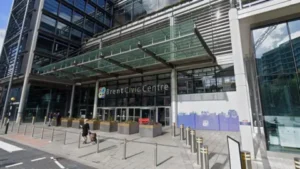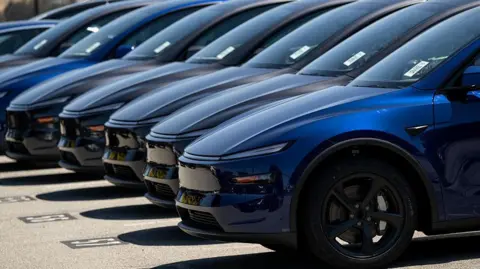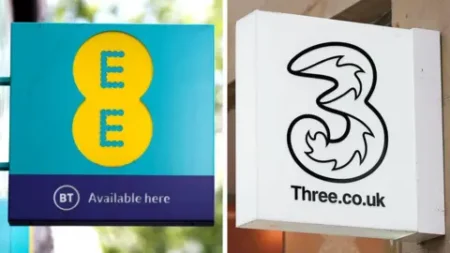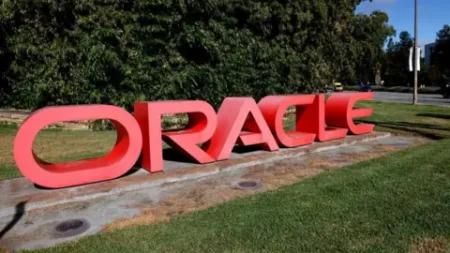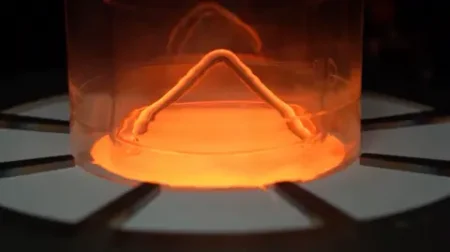Elon Musk’s Tesla recently released its latest quarterly report, exposing a worrying trend within the electric vehicle manufacturer: a noticeable decline in vehicle deliveries. For the second consecutive quarter, Tesla reported a drop of 14% in deliveries, which has raised significant concerns among investors and industry analysts alike. During the period between April and June, Tesla delivered just over 384,000 vehicles. This reduction highlights the challenges the company faces as it navigates an increasingly competitive market.
The competitive landscape in the electric vehicle (EV) sector continues to evolve, with companies like BYD, a Chinese automotive manufacturer, gaining traction and market share. This intensifying rivalry has been a factor in Tesla’s difficulties. Beyond competition, the decline in deliveries has also been linked to Musk’s involvement in governmental roles during the Trump administration. Reports suggest that his position as a government efficiency czar contributed to the visibility of Tesla’s challenges, affecting consumer perception and demand.
Musk’s departure from that controversial role hasn’t solely resolved the situation. Tensions linger, particularly between Musk and former President Trump, who has publicly criticized the billionaire and his companies. Trump once suggested reducing the subsidies that Tesla receives, disparagingly branding them as excessively large. In a recent social media post, Trump remarked, “Elon may get more subsidy than any human being in history, by far… BIG MONEY TO BE SAVED!!!,” hinting at the need for an examination of government funding directed towards Musk’s ventures.
In response to Trump’s comments about reducing subsidies, Musk was quick to counter, saying, “I am literally saying CUT IT ALL. Now.” The underlying conflict over political and economic issues underscores a rather volatile environment for Tesla, complicating its business strategy. The former president indicated that Musk’s criticisms of a major spending bill were motivated by personal interests, notably the potential loss of incentives for electric vehicle purchases.
Despite the gloomy figures concerning quarterly deliveries, some analysts have opted to take a more optimistic stance. Gene Munster of Deepwater Asset Management remarked that the recent 14% decline might signal a bottoming out of Tesla’s delivery figures. He noted that while September might see a drop of around 10% and December could remain flat, there could be renewed interest sparked by fluctuating consumer sentiments in relation to the U.S. EV tax credit. There is particular focus on the current state of Tesla’s robotaxi initiative, which began its rollout in Austin, Texas last month, as a potential game-changer for the company’s future.
Munster’s insights suggest that if Tesla can demonstrate progress in autonomy and addressing operational challenges, investors may be willing to accept stagnant delivery numbers. This concept of acceptable stagnation is underpinned by the notion that Tesla’s advancements in autonomy could offer a substantial market advantage, despite potentially low delivery rates.
In summary, Tesla’s recent decline in quarterly vehicle deliveries paints a worrying picture for the company and its stakeholders. Compounded by fierce competition and political controversies, Musk’s electric vehicle empire finds itself at a critical juncture. Forward-looking solutions, particularly innovations in the autonomous vehicle sector, may hold the key to bolstering investor confidence and revitalizing the brand. As the landscape continues to evolve, the coming quarters will be telling for the future of Tesla and its ability to respond to these multifaceted challenges.

